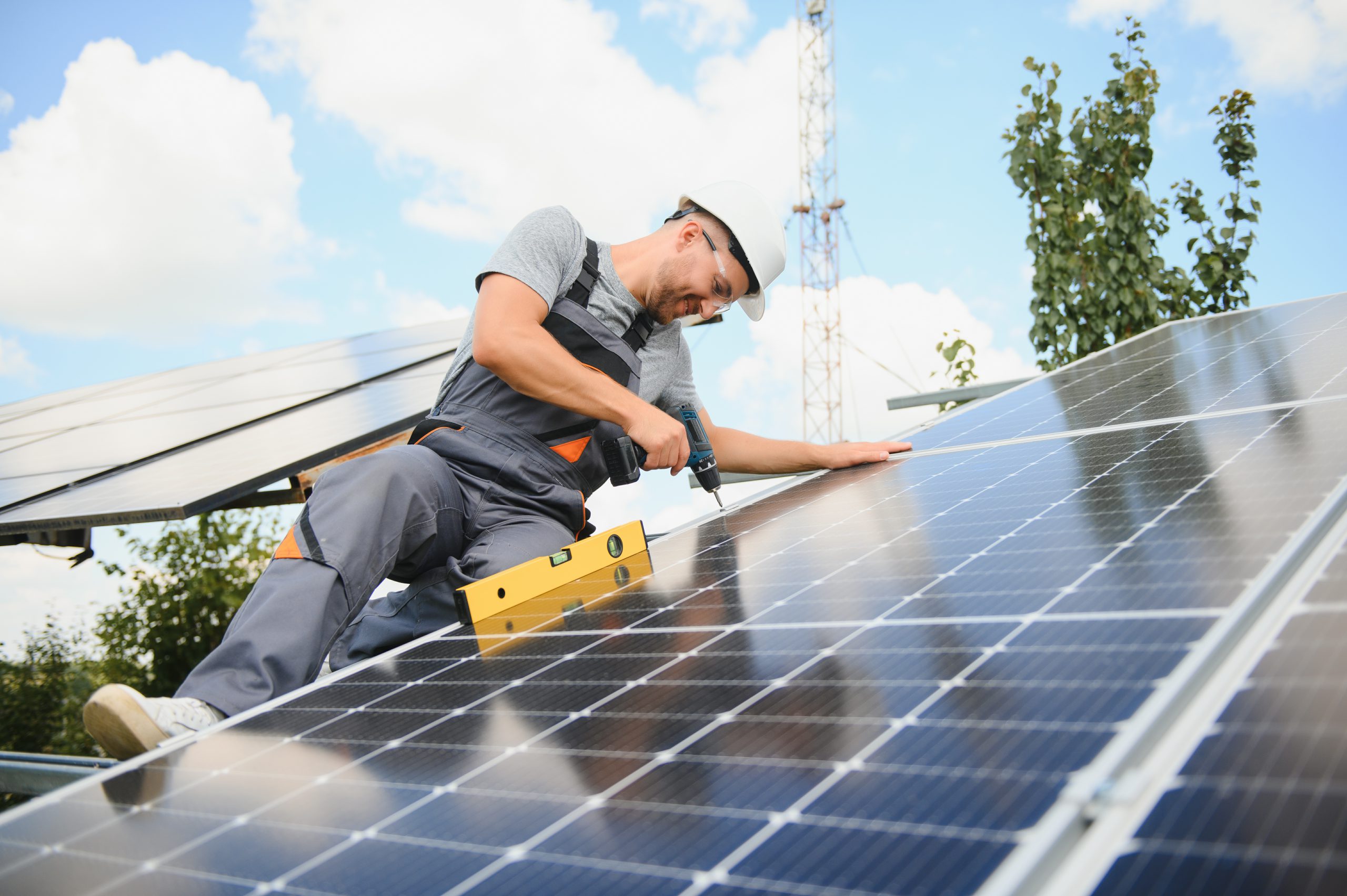
As more people become increasingly aware of their environmental footprint, sustainable living is gaining momentum.
This translates into a growing interest in eco-friendly home renovations and upgrades. By making conscious choices, homeowners can significantly reduce their impact on the planet while enjoying a comfortable and healthy living space.
And just as importantly, you’ll be adding to the value of your home when you decide it’s time to sell. Today’s buyers are putting a premium on homes that minimise their carbon footprint and are cheaper to run and maintain.
Here are 10 ideas to enhances the quality of your home.
Sustainable building practices
Carbon footprint: Building a sustainable home involves key choices in materials, design, and water use. Opt for locally sourced, recycled, and renewable materials, such as bamboo and reclaimed timber to minimise your carbon footprint.
Passive Principles: Design your home with passive principles in mind, maximising natural light and ventilation to reduce reliance on artificial climate control.
Precious resource: Conserve water by installing efficient fixtures, such as low-flow showerheads and consider rainwater harvesting and greywater recycling systems.
Energy-Efficient Appliances
Out With The Old: Upgrade old appliances to newer models with high energy star ratings, reducing both your electricity bills and greenhouse gas emissions.
Solar power: Take advantage of Australia’s abundant sunshine and government grants by investing in solar panels.
More power: Consider adding a battery storage system to maximise their use.
Smart play: Optimise your energy consumption with smart home technology like programmable thermostats and lighting systems that adjust to your schedule and preferences.
Eco-conscious design choices
Insulate Yourself: Proper insulation, using materials such as recycled denim or sheep’s wool, maintains comfortable temperatures year-round and reduces energy needs.
Light It Up: Maximise natural light with skylights and large windows, creating a brighter and more energy-efficient space. Prioritise indoor air quality by improving ventilation, and adding air-purifying indoor plants.
Outdoor spaces.
Be Biodiverse: Extend sustainable practices to your outdoor areas. Choose drought-tolerant native plants to reduce water consumption and support local biodiversity. Opt for permeable paving materials like gravel to allow rainwater to replenish the groundwater. And finally, start composting to reduce landfill waste and create nutrient-rich soil for your garden.
